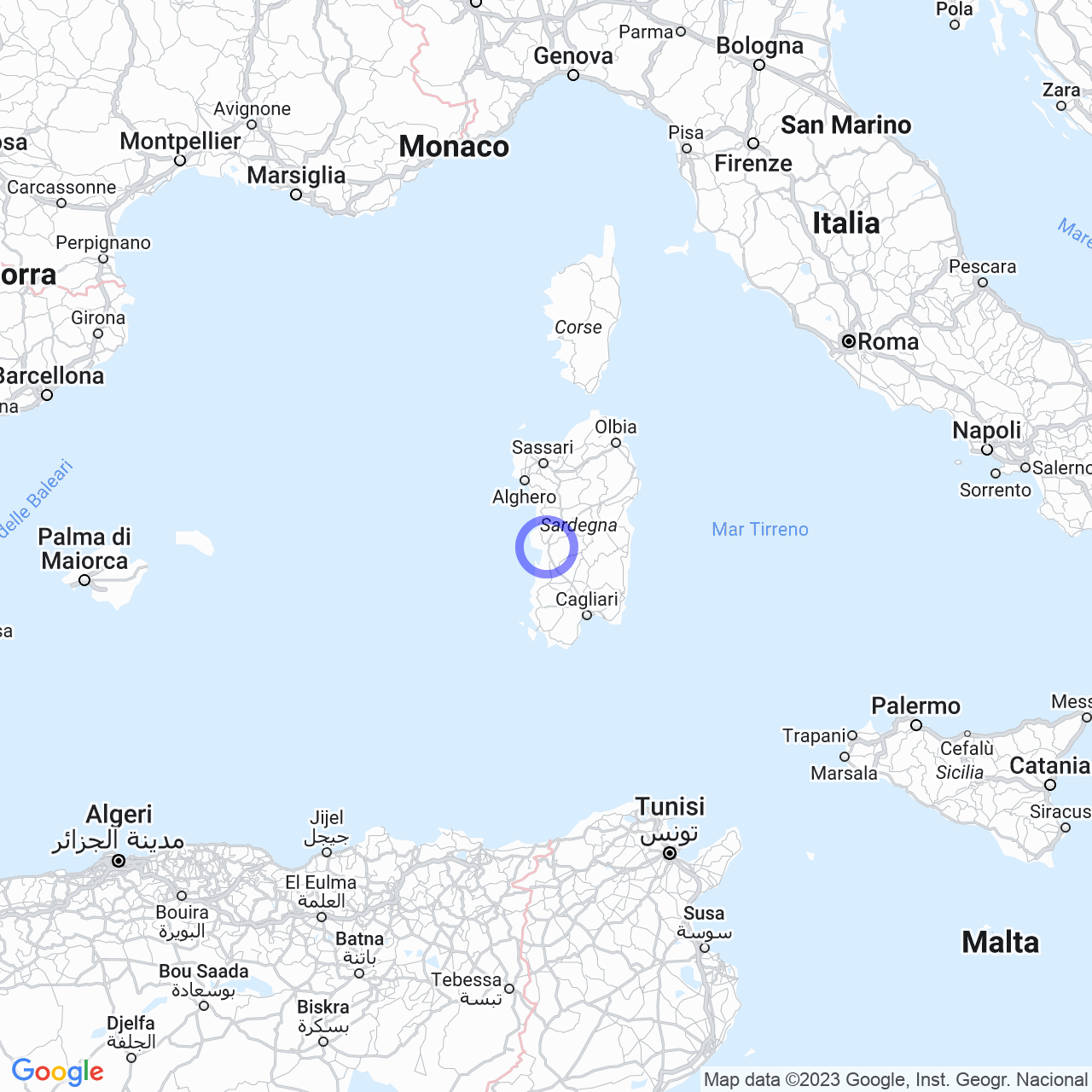Silì
Silì: a small piece of Sardinian history
Silì, also known as Sibì in Sardinian, is a small geographical hamlet in the municipality of Oristano, located in the Campidano di Oristano region and bordering the Tirso river. With a population of around 3,000 inhabitants and a history of five thousand years, this charming locality surprises tourists with its beauty despite being so unknown.
Physical geography
The geographical location of Silì has been deeply influenced by the proximity of the Tirso river, as well as by the presence of fertile land and numerous wells of drinking water. And one cannot forget the agricultural character that has always distinguished the economy of the town, together with the traditional tile industry which still lives on in the memories of the adult population. The raw material used for the construction of the tiles, a particular type of clay, was supplied from the Golena lands.

History
The history of Silì begins as early as the Neolithic period, where agricultural and livestock-rearing men settled on the alluvial mounds of the left bank of the Tirso river. Today, one can still collect chipped utensils in the black volcanic glass of Mount Arci, obsidian, and fragments of pottery, sometimes decorated with geometric designs, produced by those people.
Later on, the Nuragic civilization saw the construction of a powerful nuraghe on a gentle hill in Sartuccinu and also the construction of the formidable fortress of Bau Mendola, positioned at the foot of Mount Arci.
Even the Phoenicians and the Carthaginians were interested in the fertile territories of Silì, but precise documentation is still missing. During the period of Roman Sardinia, the territory of Silì was affected by the rational agricultural colonization of the Roman civilization. The main road of the island, which connected Porto Torres to Cagliari, passed to the east of the current settlement of Silì to reach Othoca. Evidence of the Roman presence has been recognized in Sartuccinu and in the locality of Bia Manna.
We cannot forget the Byzantine and Judical period which saw the construction of the beautiful Church of Santa Maria Maddalena, with a single nave and a square tribune, attributable to the Gothic currents of the 14th century that expressed the churches of Oristano's San Martino Church and Santa Chiara Church.
Curiosities
Silì is a small hamlet that boasts a great history, but it is still unknown to most tourists. This locality, in fact, represents the ideal destination for those who love to discover and rediscover the hidden treasures of Sardinian cultural heritage. The millenary history of Silì represents a precious cultural heritage still to be better valued.
Conclusions
Silì, despite being a small town, represents a true treasure for lovers of Sardinian history and culture. The suggestive location, the archaeological and monumental evidence, combined with the unspoiled nature and the tranquility of the Sardinian countryside make Silì an ideal destination to discover the treasures of lesser-known Sardinia.
